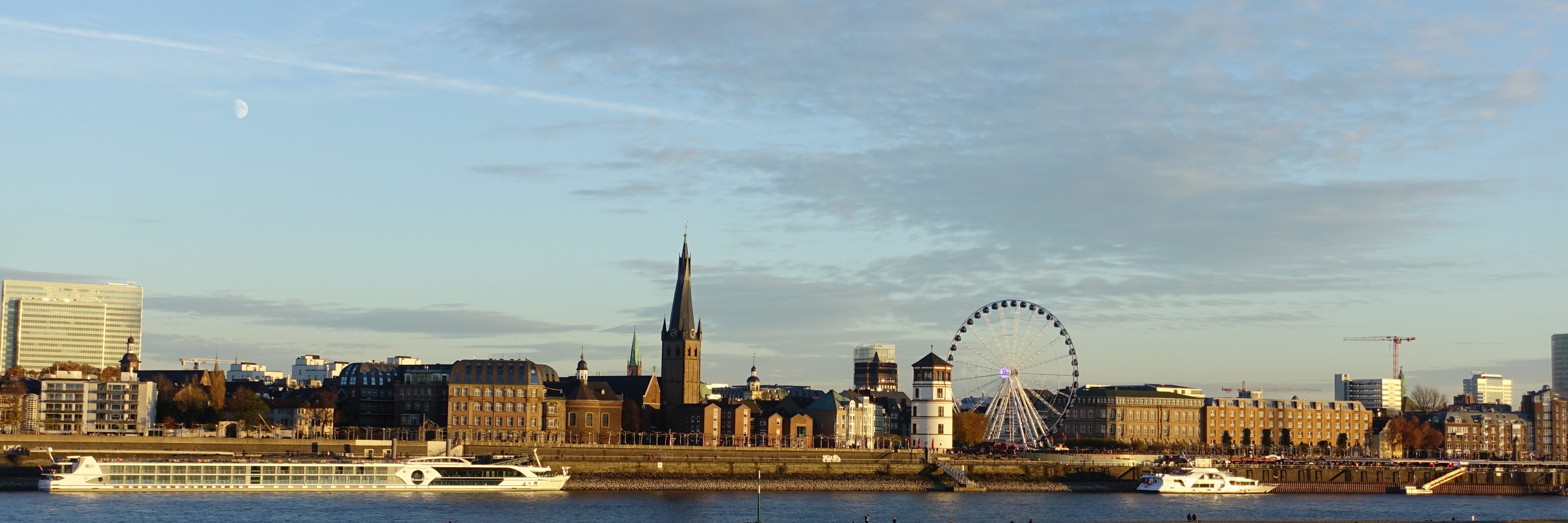In Frankfurt yesterday I dropped by the Schirn Kunsthalle to see the exhibition on Gustave Caillebotte, perhaps the most interesting of the impressionists (if you ask me). The exhibit's called Gustave Caillebotte, Impressionist and Photography, and shows the give-and-take relationship between Caillebotte's work and the emerging art form of photography. The traditional notion is that artists in the 19th century realized that photography had rendered the pursuit of realistic painted reproduction superfluous, freeing artists to concentrate on a sort of refracted and distilled 'painterly' technique that focused on the act of seeing itself. Caillebotte had a different reaction: he used the emerging technology of photography to enrich his technique. The revolutionary motion studies of Muybridge, for instance, or the odd perspectives and hallucinatory detail of 'stereographic' 3-D panoramas of Parisian streets, or the ability to capture snapshots of laundry billowing in wind.
The actual documentation of the link between photography and Caillebotte's technique was thin, so the exchibit was just pioneering French photography side-by-side with a decent cross-section of Caillebottes (including the famous Floor-Scrapers, which sounds much better in French: Raboteurs de Parquet). But that's something else! Only one of his mesmerizing studies of white laundry, though. The Schirn Kunsthalle is, as always, a weird and uninviting space, and the structure of the exhibition is hard to follow. Plus, they're charging 10 Euros for just one exhibit, which is just too damn high.
One part of the exhibit struck my eye: this ad for the 'Photographic Secret Camera' made by the Stirn Company from Bremen, billed as the 'newest and most amazing invention in the area of photography for professional and amateur photographers.'
The camera is a metal disc about 14 cm across with an lens emerging near the top. The ad targets four groups. The last two are photographers and tourists,
but the first two are more interesting. The first group is 'Officers of
the Army and Marines' to take 'snapshots of positions and terrain of
military importance'. The second group is 'Secret Police Officials', who
can use the camera to copy (copieren) 'suspicious persons, street
gatherings, etc.'
I suppose it shouldn't come as a surprise, but it's pretty sobering to know that there were so many 'secret police officials' skulking around Europe in the late 19th century that they constituted a major target group for camera marketers. It conjures up a Conradian world of malodorous anarchists gathering in seedy underground taverns while desperate informants secretly photograph their gaunt, feverish faces.

More often, they ended up using this kind of technology for something more mundane. Focusing on a later period, a colleague of mine, for example, did some fascinating research on early police usage of surveillance films in Britain, such as this film of street betting in Chesterfield in 1935.
LikeLike
nitpick: “Marine” means simply “navy”, not “Marines”
But what strikes me about the ad is the almost complete lack of hyphenation. Usually “Geheim-Kamera”, “Amateur-Photographen” or “Geheimpolizei” would be written in one word or hyphenated.
LikeLike
On the other hand, the nineteenth century anarchists were also working on their own high-tech counter-surveillance. A few years ago, Neil Brand, a living national treasure, told me about a man named Wordsworth Donisthorpe, who invented the cine camera: http://en.wikipedia.org/wiki/Wordsworth_Donisthorpe
LikeLike